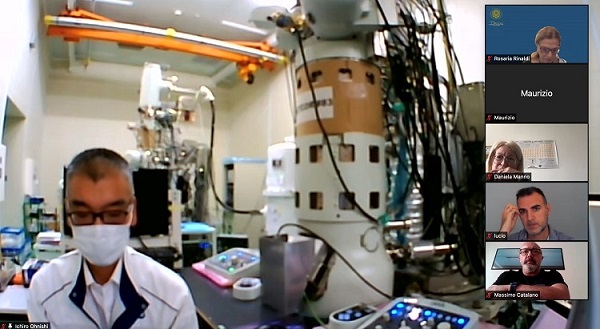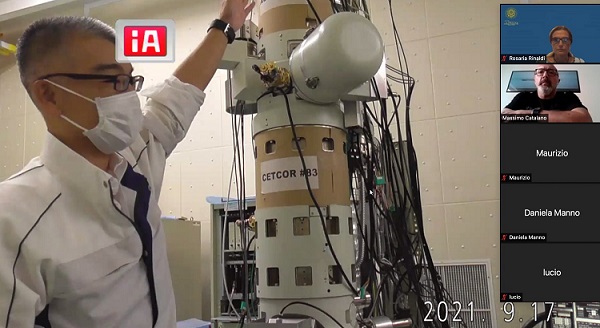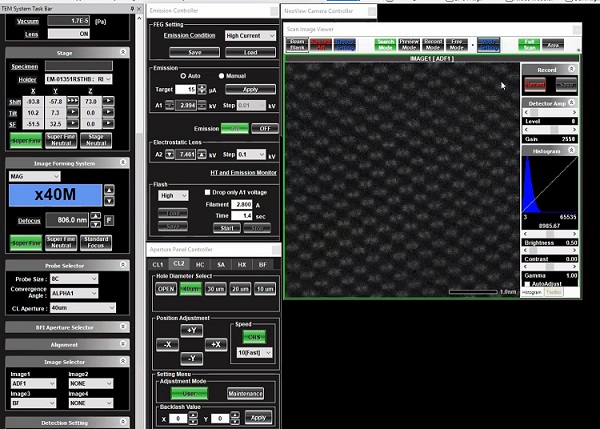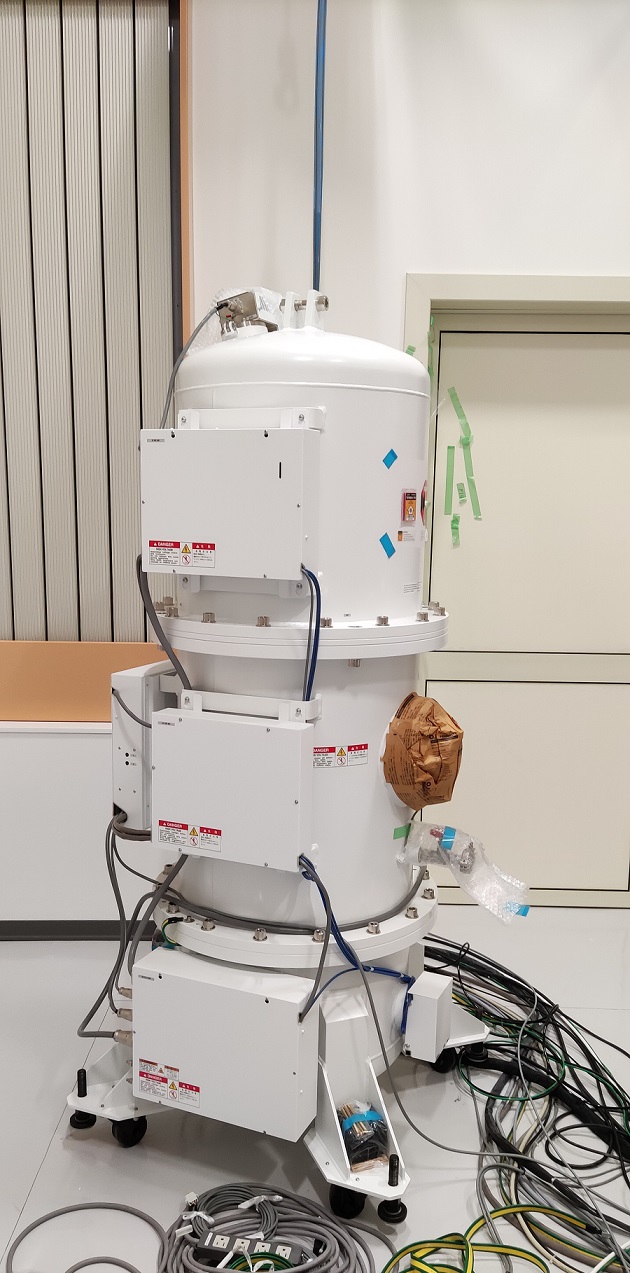BOL - Bio Open Lab
The laboratory has a holographic transmission electron microscope (HOLO TEM / STEM) optimized for the study at atomic resolution of organic and inorganic materials sensitive to radiation damage and was created as part of the PON 2014-2020 project called BIO OPEN LAB
The instrument is a 200kV Transmission Electron Microscope with Cold-FEG source and aberration correctors JEOL JEM-ARM200F NEOARM .
HOLO TEM allows you to apply high spatial resolution methodologies, in direct space and in reciprocal space and atomic resolution electronic spectroscopies, on materials sensitive to radiation damage. The facility consists of a flexible electro-optical system accessible to the expert user for the development of new electron microscopy methodologies for the study of organic and inorganic matter sensitive to radiation damage.

The Project BOL was presented as part of the PON Research 2014-2020 to enhance the distributed Research Infrastructure CERIC - Central European Research Infrastructure Consortium, established in legal form of an ERIC - European Research Infrastructure Consortium, thus creating an integrated system of research equipment and instruments dedicated to investigations in the biological and biomedical research sector.

The project partners are:
Area Science Park - lead partner
University of Salerno
University of Salento
BOL Project Managers: Prof. Lucio Calcagnile - Prof. Rosaria Rinaldi

The project intends to develop a system to support clinical investigation, ideally enclosing the path of knowledge of the single molecular actor (protein or metabolite), starting from its structural analysis through structural biology experiments with holographic electron microscopy, passing through the its histological mapping with imaging techniques using mass spectrometry up to the genomic and epigenomic investigation methodologies which focus on the "control system" of the whole protein expression mechanism.
It aims to significantly increase the scientific capabilities of the infrastructure in the life sciences sector, offering scientists the possibility of accessing state-of-the-art equipment with the possibility of developing new techniques and new paradigms, with a significant impact on efficiency and excellence of biological research. This will help to increase the catchment area of CERI-CERIC, significantly increasing the requests for use by biologists, biotechnologists, biochemists, molecular biologists, pharmacologists and doctors.
After the test in Japan, at the headquarters of the manufacturer JEOL, the HOLO-TEM is being installed in Lecce.

TECHNICAL AND FUNCTIONAL CHARACTERISTICS
HOLO TEM will be mainly used for the study at atomic resolution of materials sensitive to radiation damage and therefore must be able to apply state-of-the-art low dose image methodologies at atomic resolution and in phase contrast. that in contrast Z by scanning transmission electron microscopy with high-angle scattered electron detector from the sample. The microscope will operate in an energy range of the primary beam at least between 30eKV and 200KeV, with a great flexibility of the lens system and is equipped with spherical and chromatic aberration correctors both on the illumination and on the objective lens. The instrument is equipped with electron detectors for images and diffractions both with direct and indirect conversion. The instrument is able to carry out both CryoEM experiments on a single particle and tomography experiments while preserving the high flexibility requirements of the optical system and the sample holder to allow the exploration of unconventional experimental configurations capable of obtaining new possibilities for the study of sensitive matter. to radiation damage.
The presence of well integrated accessories in the instrument for X-Characteristic Energy Dispersed Photon Spectroscopy (EDXS) and Electron Energy Loss Spectroscopy (EELS) experiments allow to obtain further information on the material systems of interest. The instrument is able to focus the electronic probe in an area with a diameter of less than 0.1 nm for the acquisition of spectra and maps at atomic resolution and allows to perform in-line and off-axis holography experiments with electron density in the 'illuminated area <1e- / Å ^ 2 (one electron per Angstrom squared). The tool optimizes methodologies for coherent electron diffraction image experiments. The instrument is capable of carrying out experiments at cryogenic temperatures.
For the functioning of the instrument it was necessary to set up a new laboratory at the Department of Mathematics and Physics "Ennio De Giorgi" able to guarantee a temperature stability within 0.05 ° C.

